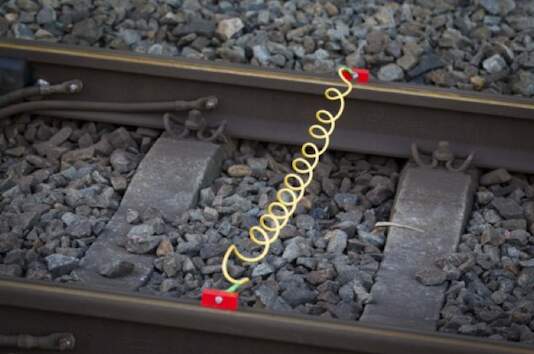Found this and thought it would be useful to post.
I did not know about this. This could be very useful. I know many of you have to cross railroad tracks almost daily.
Behind the blue sign - Trains
Found this and thought it would be useful to post.
I did not know about this. This could be very useful. I know many of you have to cross railroad tracks almost daily.
Behind the blue sign - Trains
This type of info should be included in every states’ High School Drivers Education class, and all Emergency 911 dispatchers should be aware of this also. Thanks for sharing Fred, this is a great way to get the word out.
Cajun ![]()
CONCUR!!!
Good to know.
The number of collisions seems high.
The spellchecker is not your friend ![]()
![]()
Even more importantly:
Learn how to cross a railroad without getting stuck.
Don’t drive onto the crossing before you are certain that you can across to safety on the other side.
If the gate closes just ram the booms and get off the crossing. The damage to a car from ramming the gate is a lot less than getting hit by a train …
Don’t be stupid and pull a lowboy trailer onto the hump and get stuck.
I have seen videos of semitrailers getting smashed because there was a red light or stop sign on the other side of the railroad and the space was too short for the semitrailer to get off the railroad without driving against a red light.
Uh oh. What did I misspell? ![]()
It was for me, I had collusions. ![]()
Not you, someone else ![]()
I have also been told that laying a chain across the two rails will trigger the track occupancy sensor and cause the signals to go red. (Myself I would suggest instead trying an auto jumper cable. Making sure you get a good bite on the base of each rail.
(Someone else will have to rule if this would really work or not.)
Depends on the signal system being used but I think most modern systems will react to
“short circuiting” the rails.
Make sure to hide the cable in the gravel/ballast to make it harder to find.
A jumper cable with one thick red cable might be more visible than an ordinary black lamp cable.
A thin cable, easier to hide, will work since the voltage and current is very low.
That is correct. In the Netherlands every train is equipped with a “kortsluitkabel” (short circuiting cable), which is in essence two magnets connected by a length of electrical wire. These are to be used by the people operating the train if it gets involved in any situation where they have to exit the train and there is an track next to the one they are riding on. The magnets are to be placed on each rail, which will then make the safety systems “think” there is a train on that piece of track and will show a red sign to any approaching trains.

Added bonus, these things are very handy when you dropped your keys while standing on a platform ![]()
Cool! Thanks for posting, for the tip about dropping your keys! ![]()